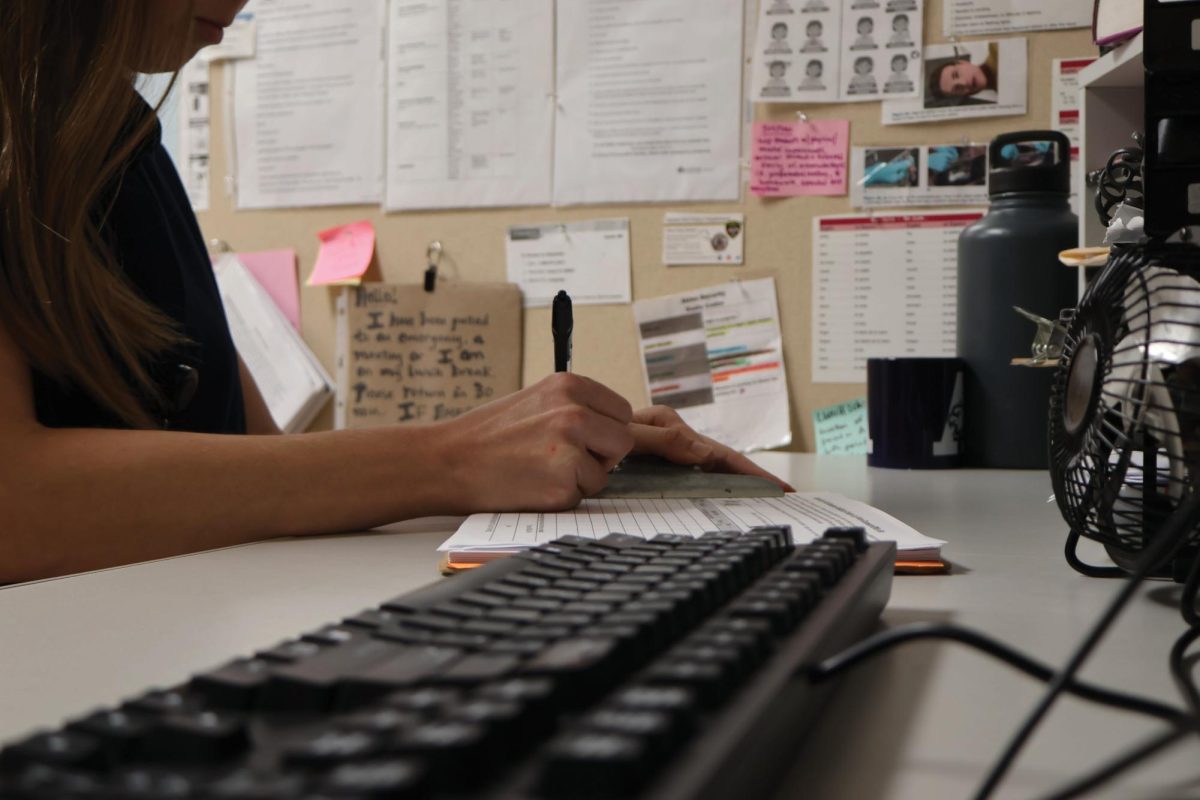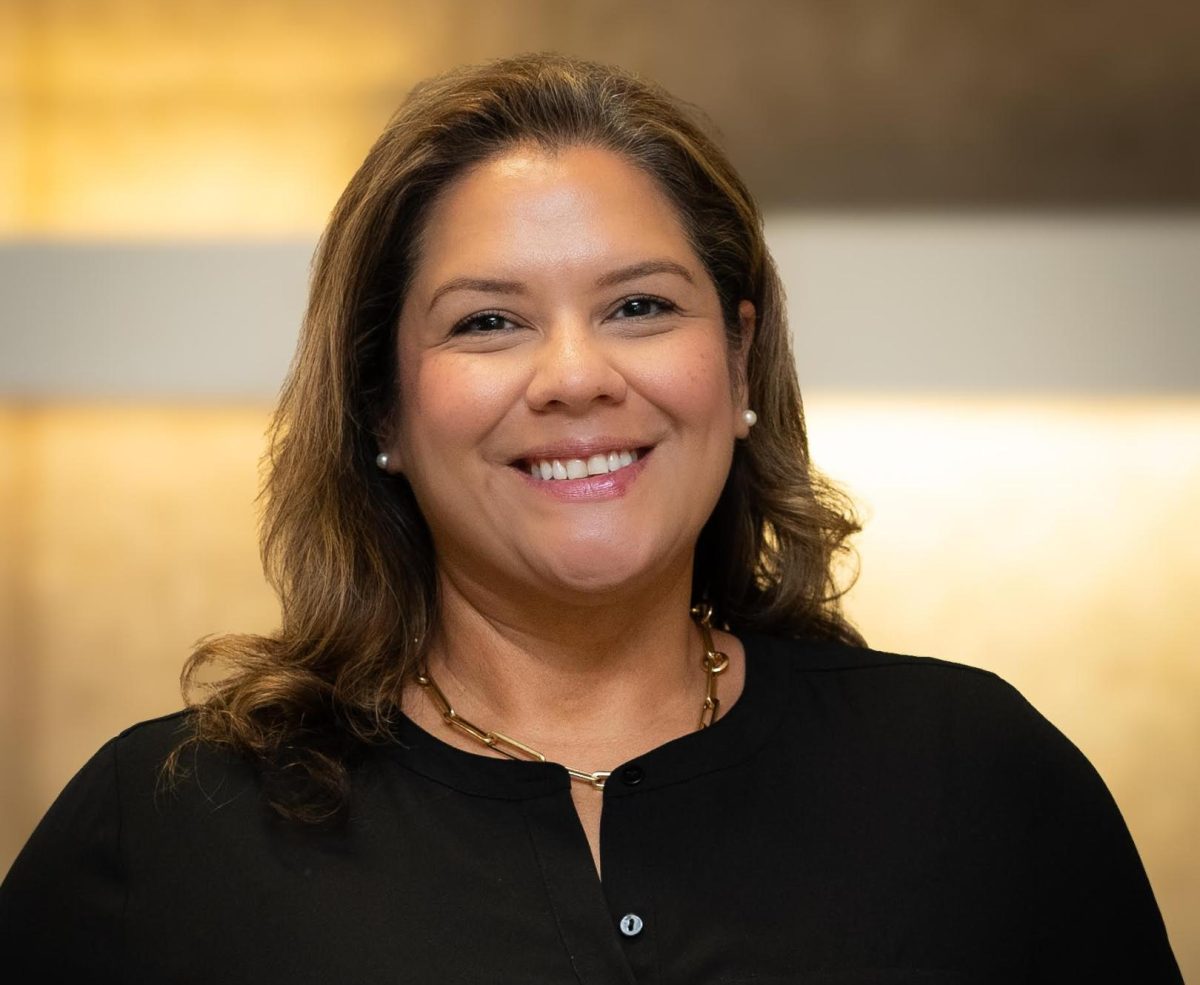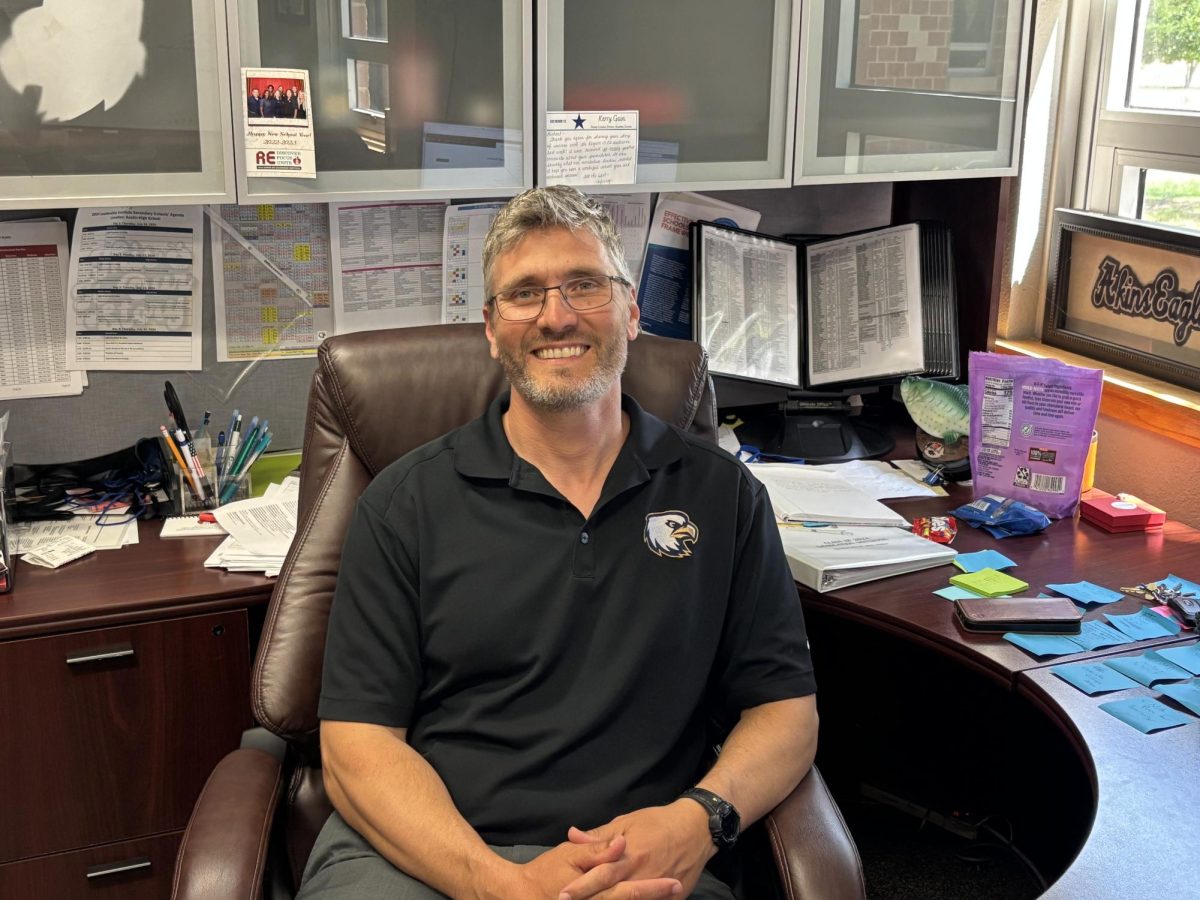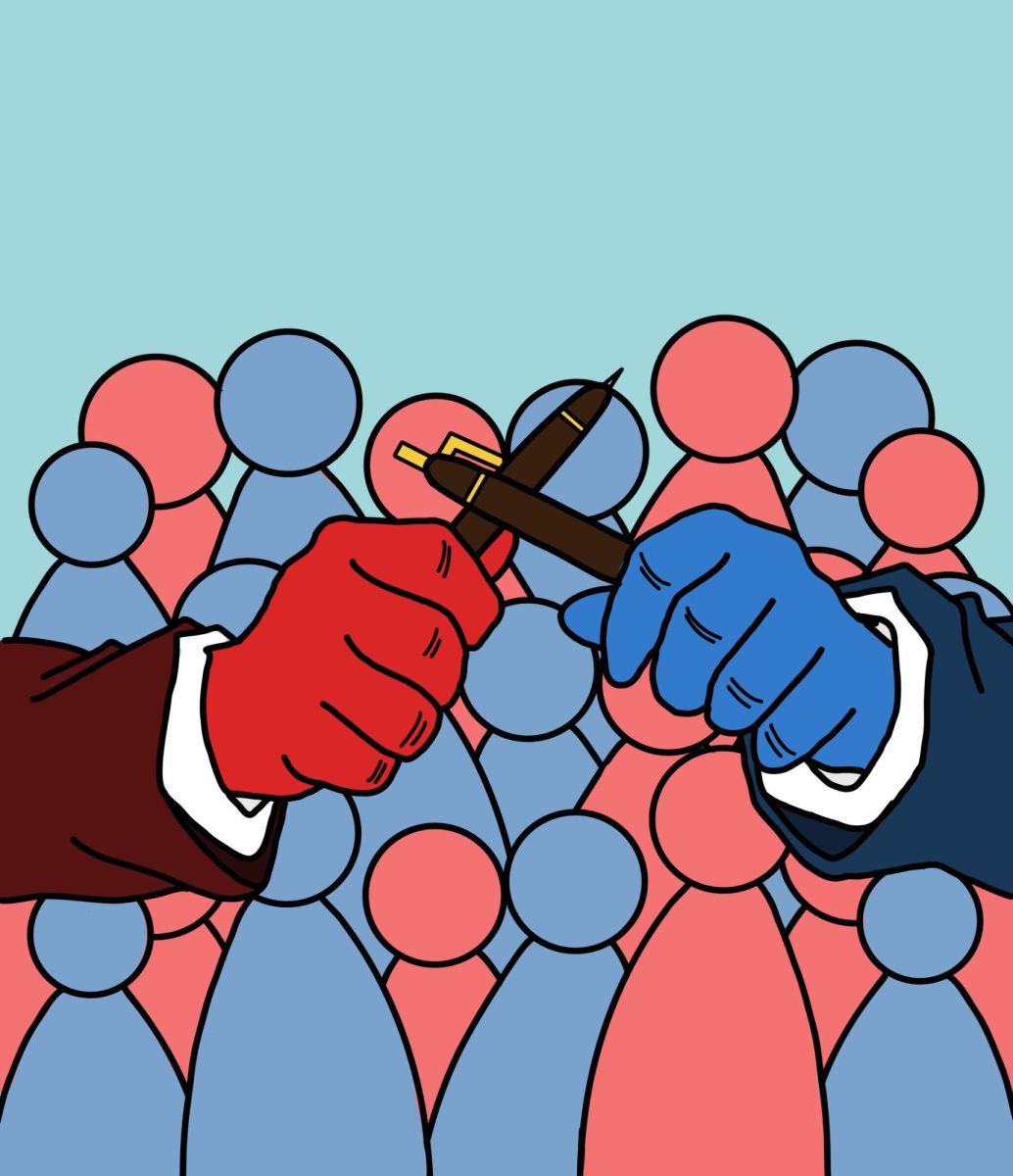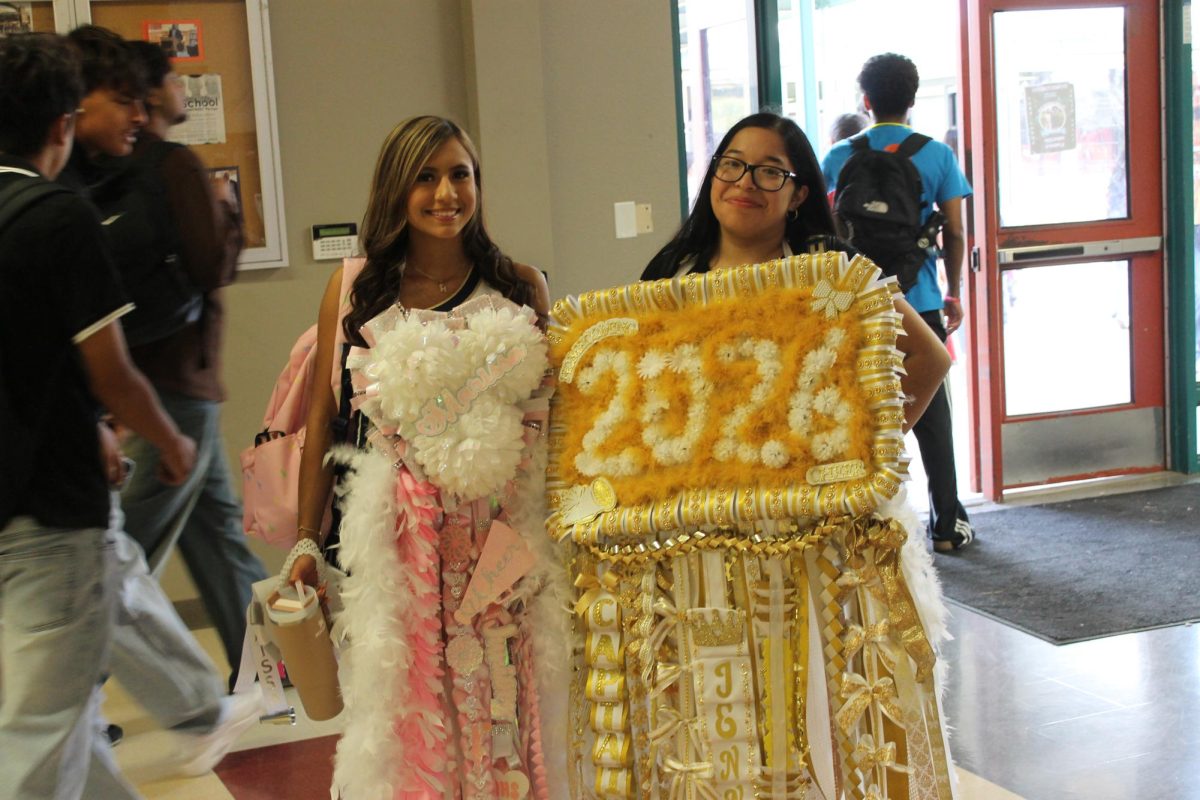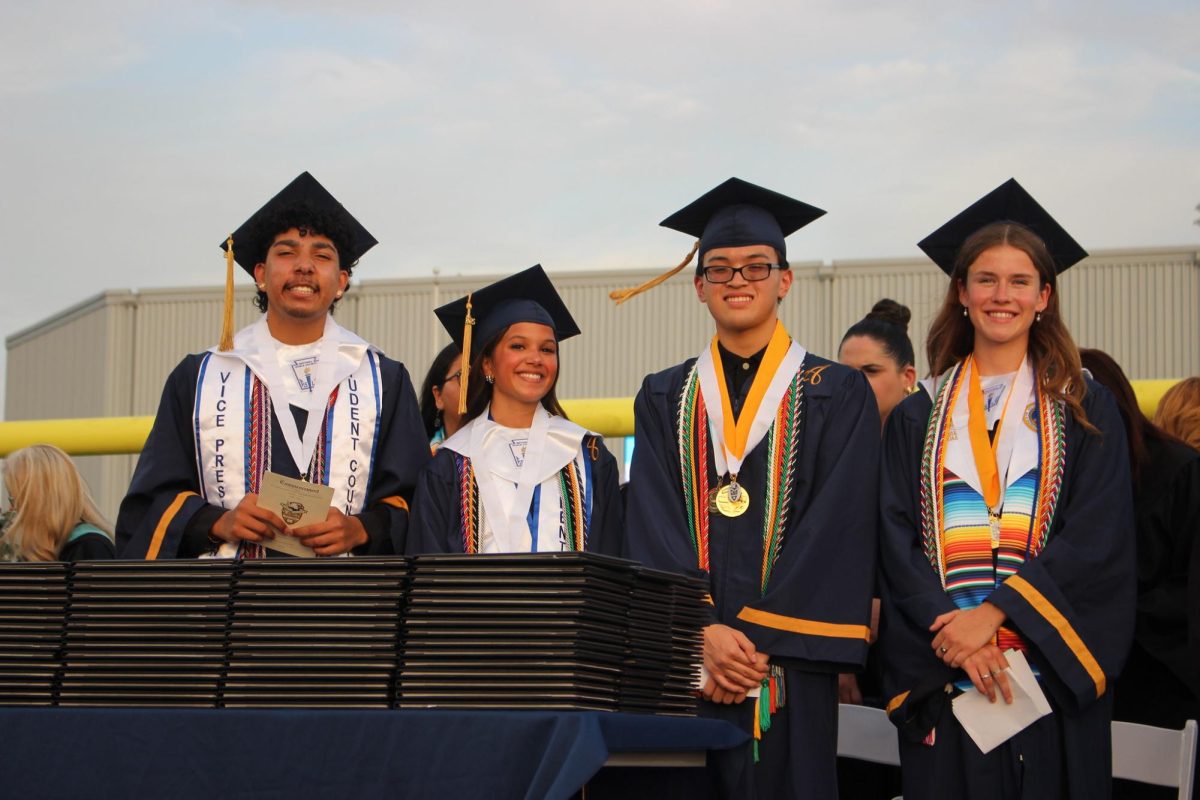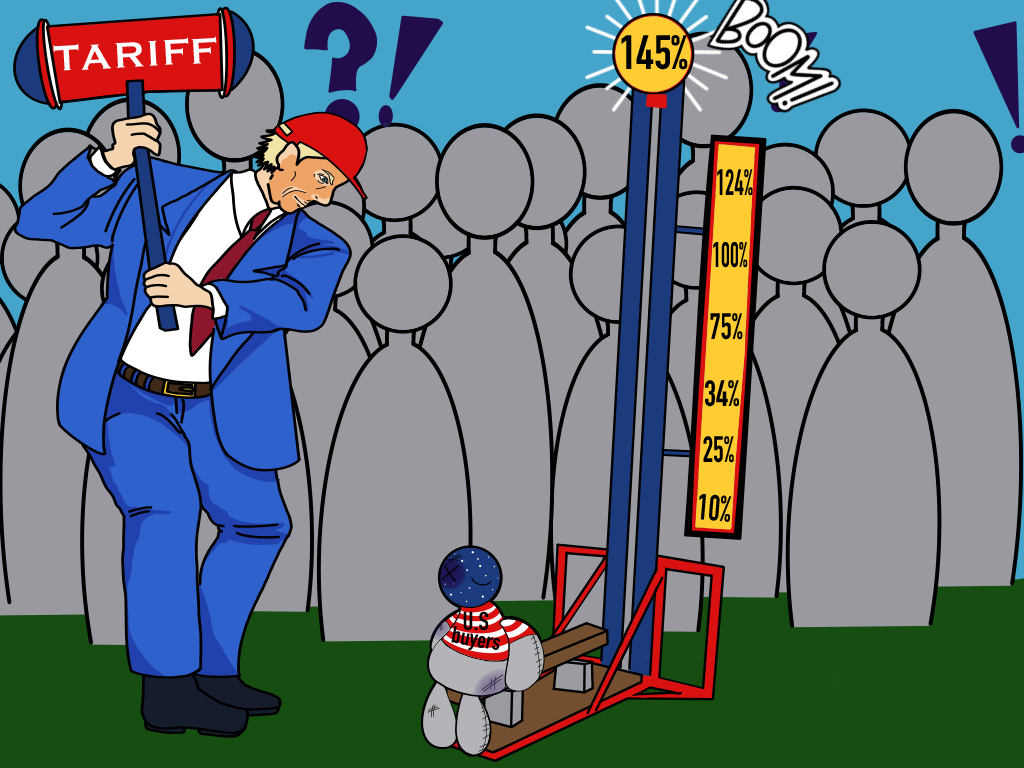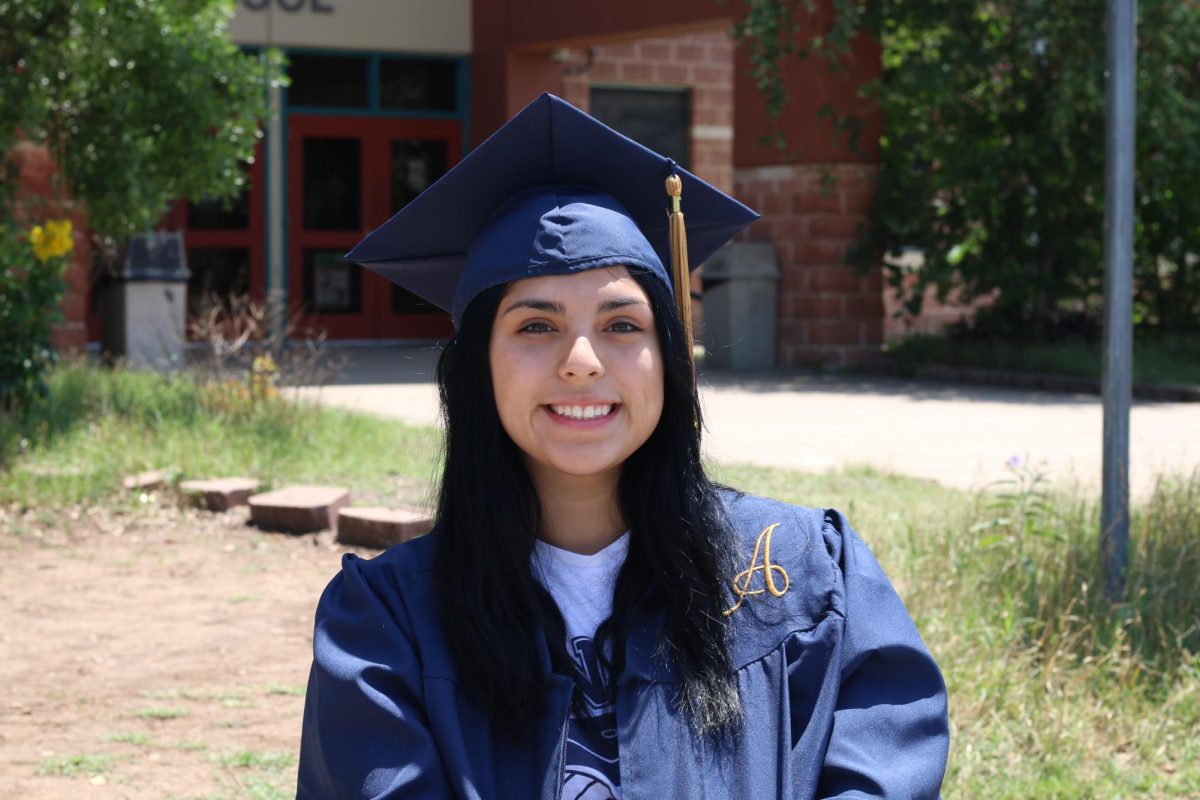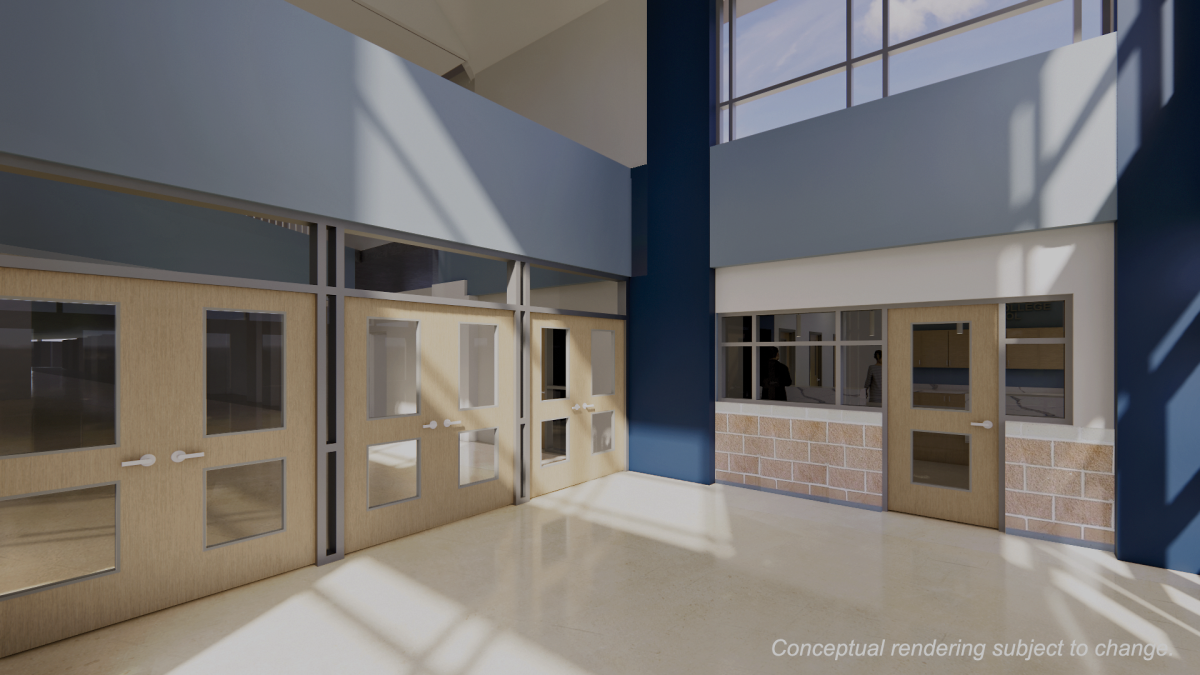A new Internet filter went into effect in September on the Austin Independent School District network, causing disruptions to lessons and access to online resources students and teachers .
The new filter suddenly blocked more websites, images, and videos than what was previously blocked by the old filter. Students and teachers were left bewildered and scrambling to figure out what happened and how to deal with the changes.
The new filter, known as Lightspeed Systems, restricts far more websites than Cisco Umbrella, the previous system the district used. Some students speculate this could be caused by the way the new filter works compared to the last one, using an “allow system,” which permits students to only access certain websites, instead of the previous “blocking system,” which only blocks certain “inappropriate” websites.
“It’s important for students to only be using computers for school-related activity, but having an allow list system is pretty overkill for a school,” said senior Renzo Montgomery, who has worked as an intern with AISD Security Systems. “This is negatively impacting more than helping, compared to previous firewalls. So far, it’s just making it harder to get the information we need online, especially for publication classes.”
According to responses to an online survey conducted by The Eagle’s Eye, 88.6% of Akins students said the new filter has impeded their learning.
“Half of our assignments need us to research and half the websites that are reliable are blocked,” junior Andrea Riojas said in a survey response. “I understand the reason for it but the amount of websites that are blocked is a bit extreme. Especially if it’s to the point where I have to pull out my phone to do simple research, especially with the pictures. The upgrade of blocking literally almost all pictures makes no sense when inappropriate pictures were already blocked. What more is there to block?”
The filter hasn’t just been impeding students’ ability to learn, but teachers’ ability to teach as well. Specifically, teachers in publication classes, where access to websites online is critical for their lessons.
“There’s a lot of lessons that we’ve put together over the years that utilize sites like YouTube and other video streaming sites that we have used in instruction for our classes,” yearbook teacher Sean Claes said. “And the filter is not allowing students to use those add-ons to the lesson. A lot of students learn visually, some learn by listening to the teacher. Some learn by watching videos, and that’s taking that whole aspect out of things.”
Teachers and instructors are allowed to submit help tickets directly to AISD technology staff to unblock certain websites from the filter to use during their lessons. However, some teachers have expressed their thoughts towards this process, believing that it’s complicated and tedious.
“I appreciate that they did communicate, in some ways, a process on how to change it,” newspaper teacher David Doerr said. “But it became very tedious and it required me to go to individual websites or in some cases, individual videos that were hosted on Vimeo or YouTube and then send those links to the district to have those specific videos unblocked.”
Austin ISD’s Technology Operations team, replied to questions about the new filter sent by The Eagle’s Eye, stating that the filter is put in place to comply with the Children’s Internet Protection Act, also known as CIPA, which was enacted in 2000 to protect students from inappropriate or harmful websites.
“(The filter) allows us the ability to support a more secure online experience for our students,” they wrote in the email. “While we understand students and staff may not like having any resource blocked, it is essential that we have guardrails in place to ensure our policy is followed and we follow Children’s Internet Protection Act (CIPA) requirements.”
Despite the district’s good intentions to create a safe learning environment, teachers said the new internet filter is creating regular academic disturbances. Students also said they believe they are suffering more than benefiting from the new filter.
“I really think that this filter hurts the learning process in students that are in the realm that we’re in,” Claes said. “I’m teaching yearbook and graphic design. One of the biggest aspects of what we teach is how to have the knowledge to get a job in the world today once you graduate and the world today is set in social media.”






